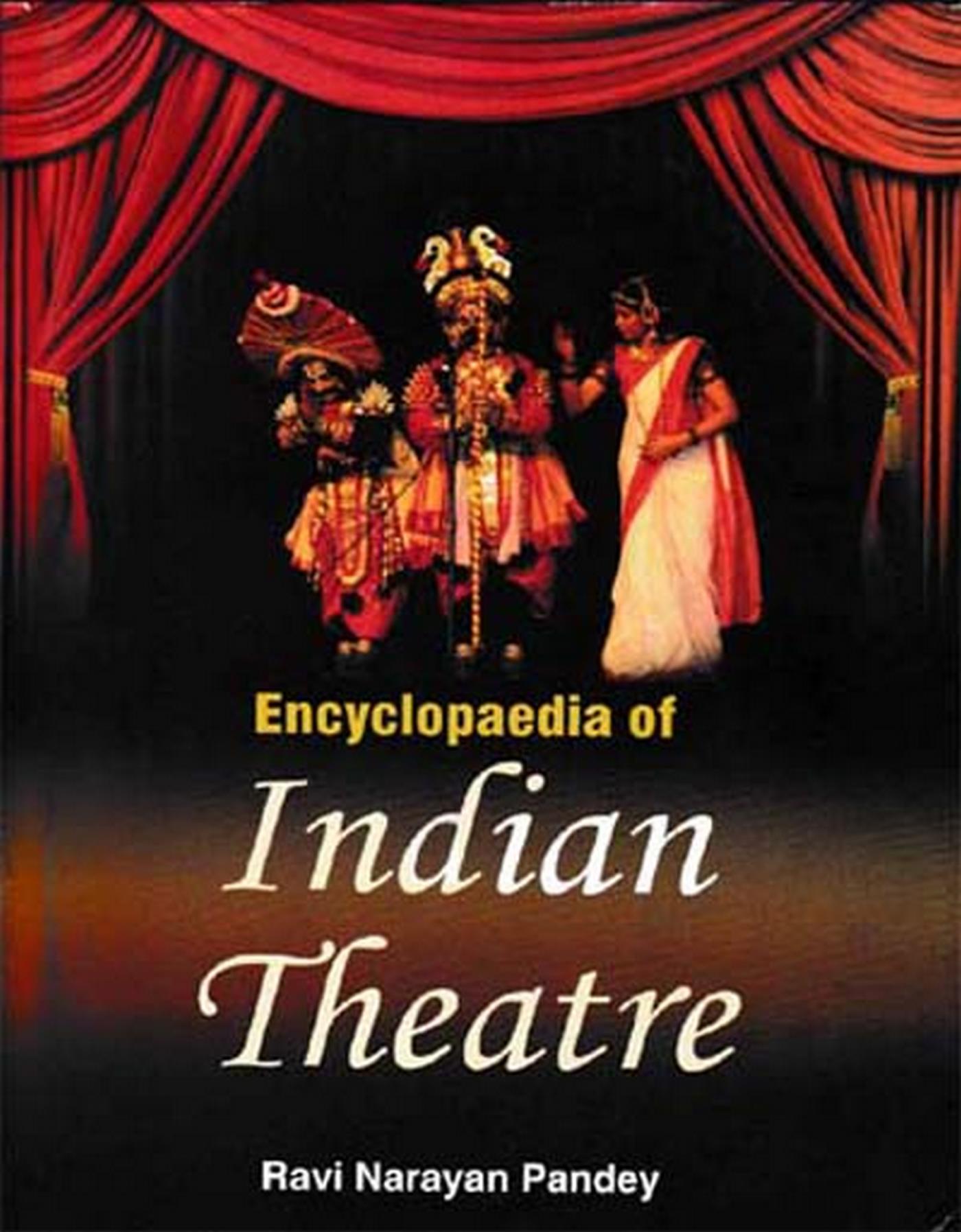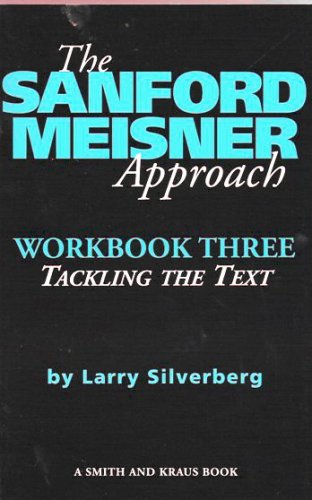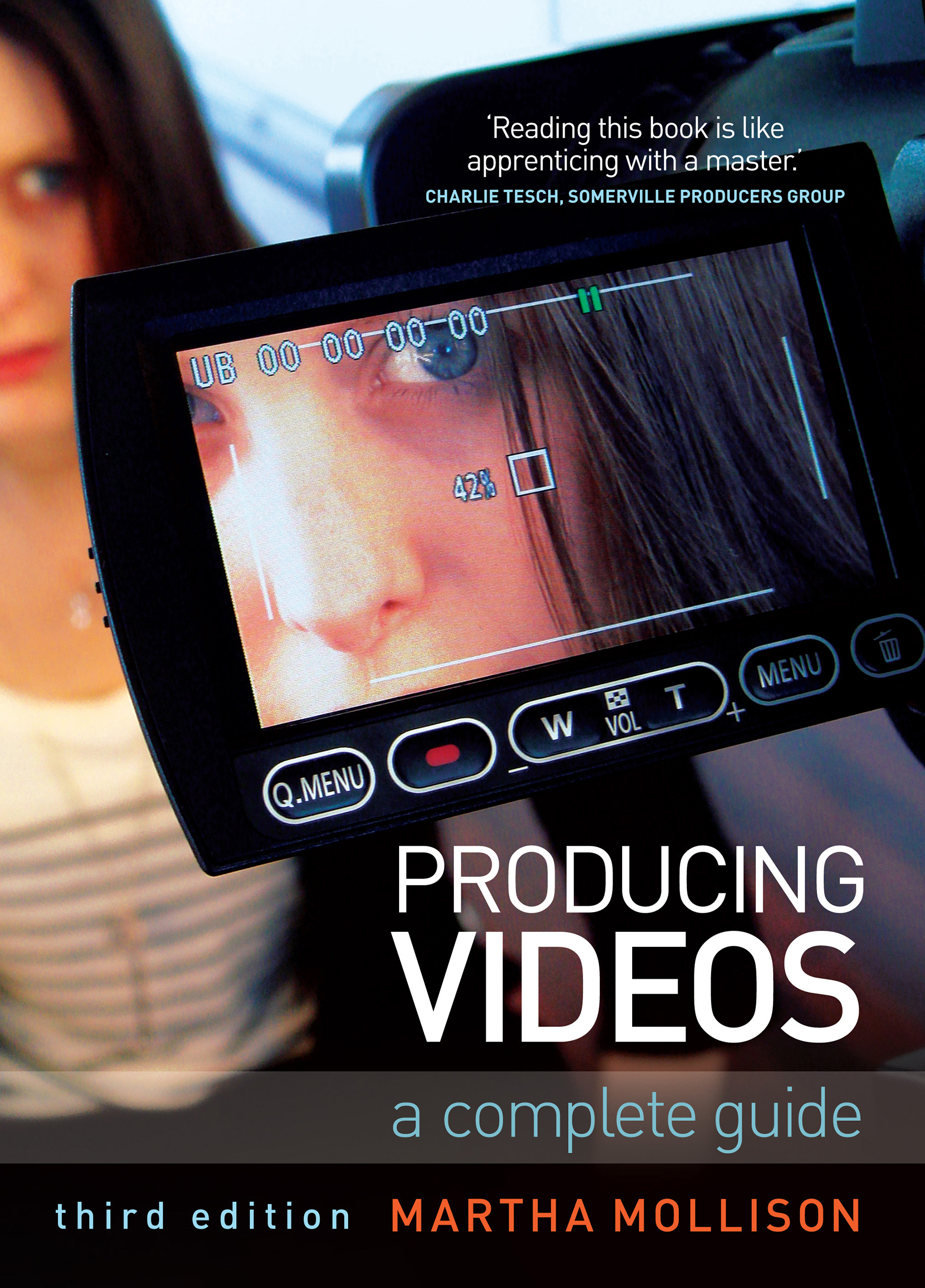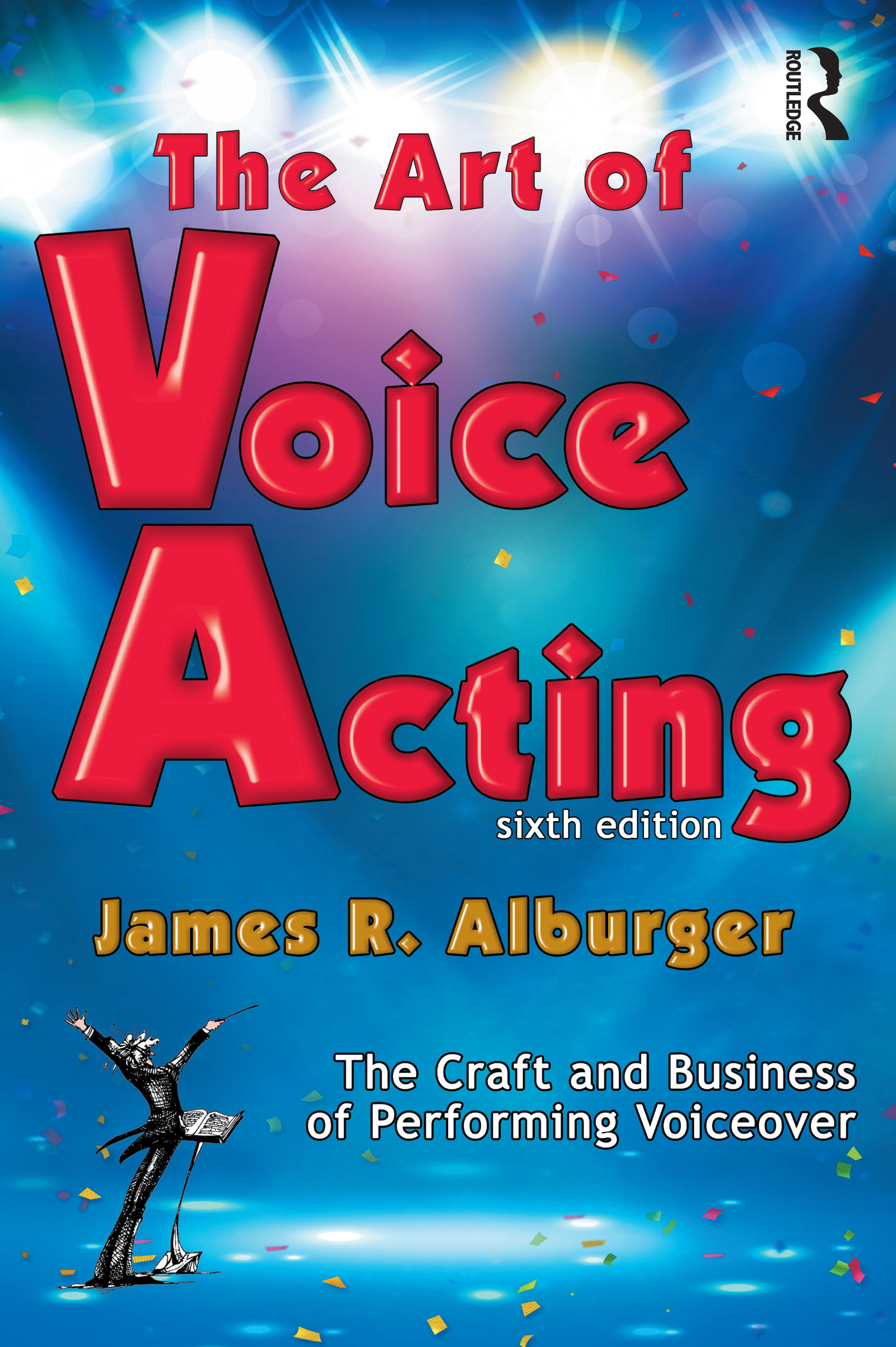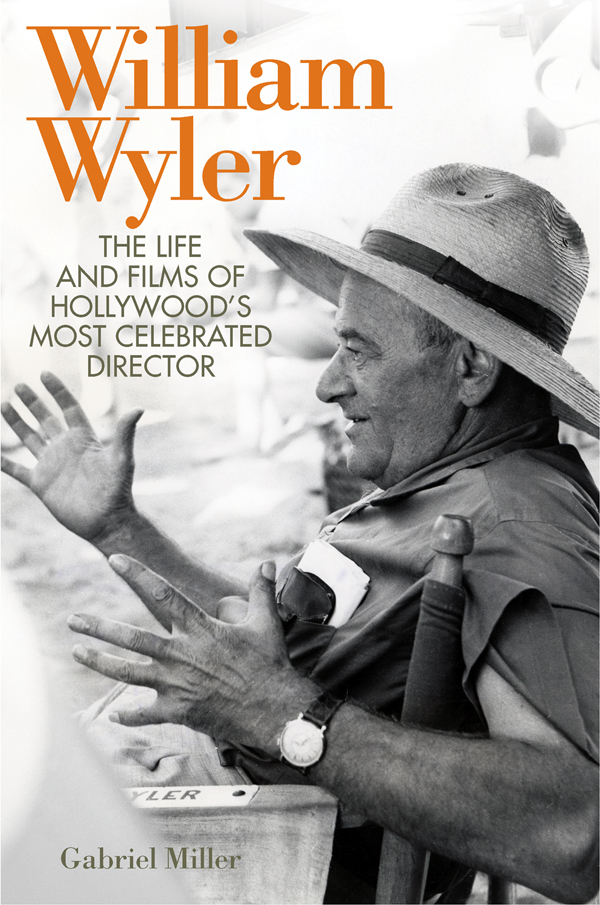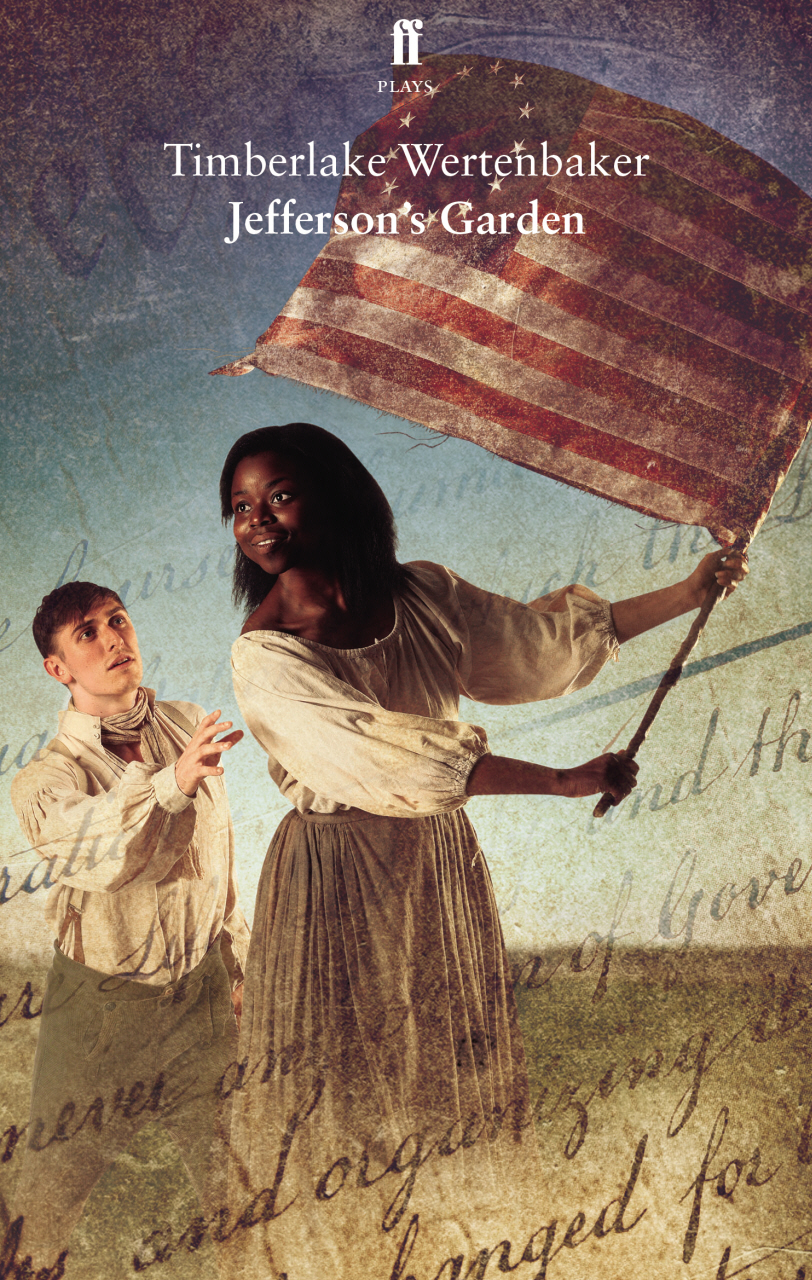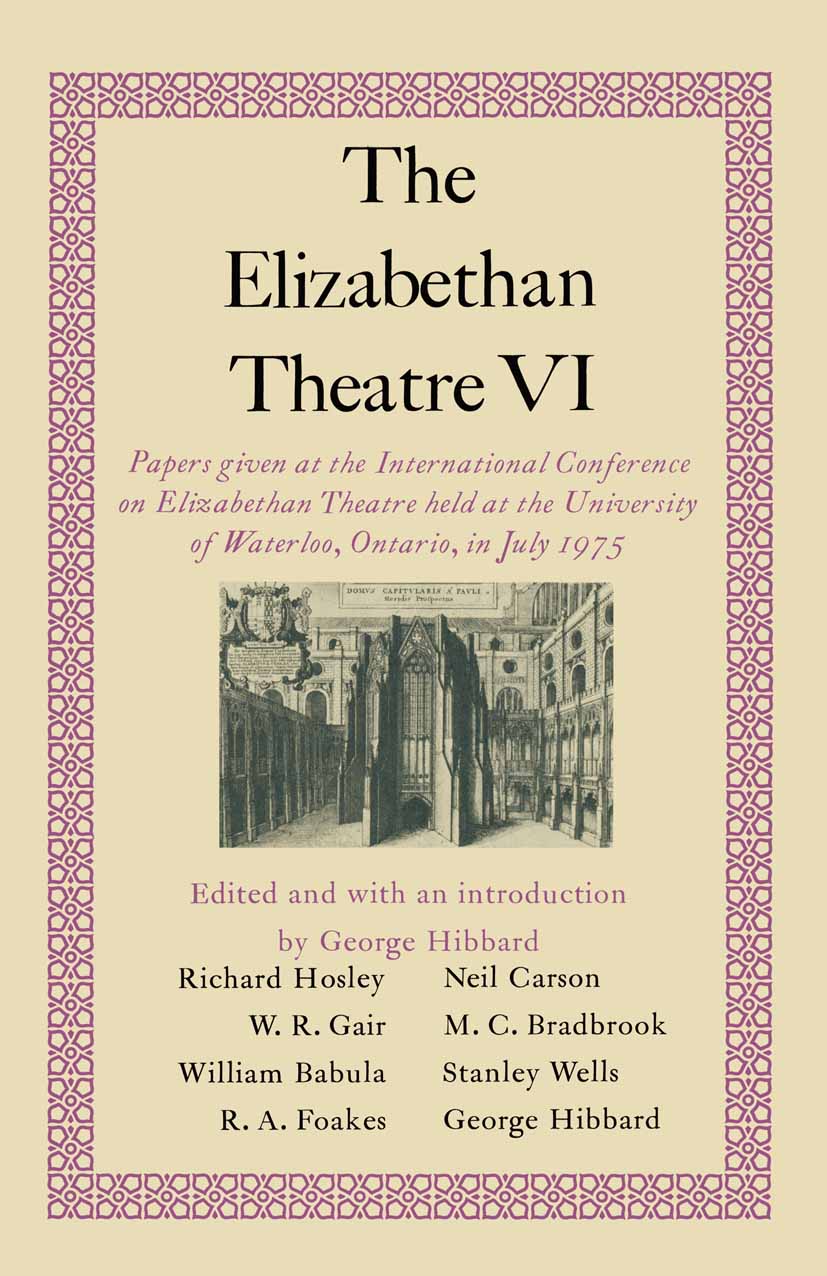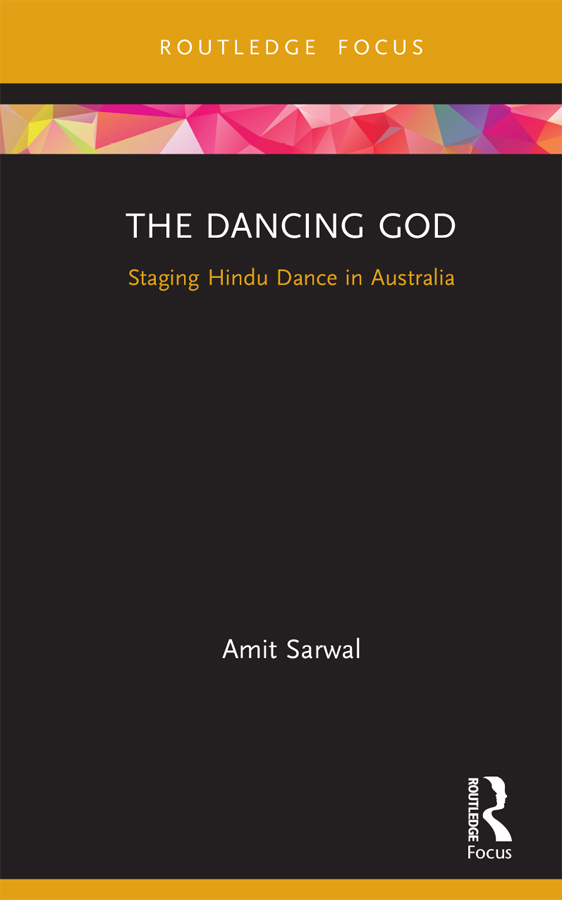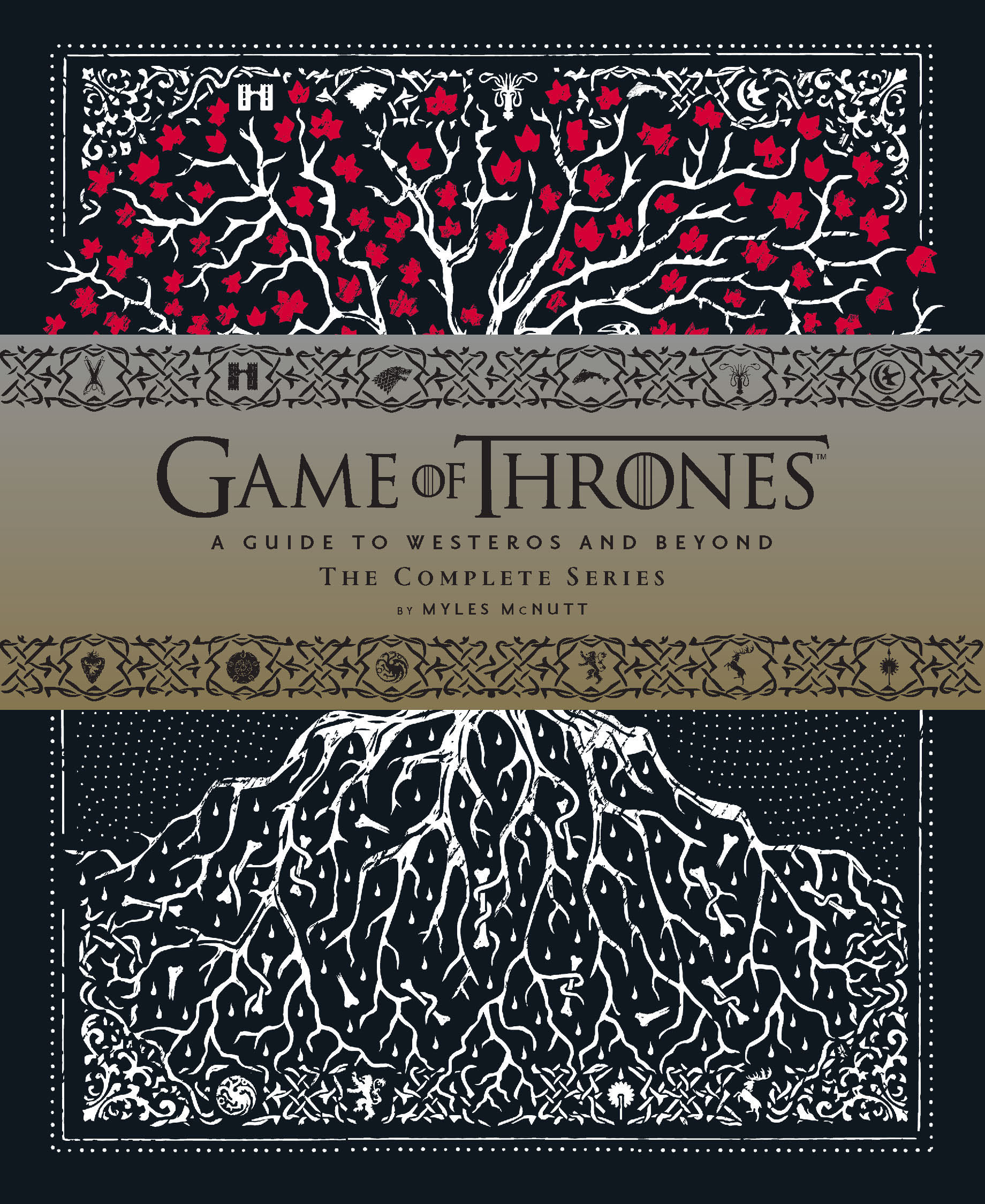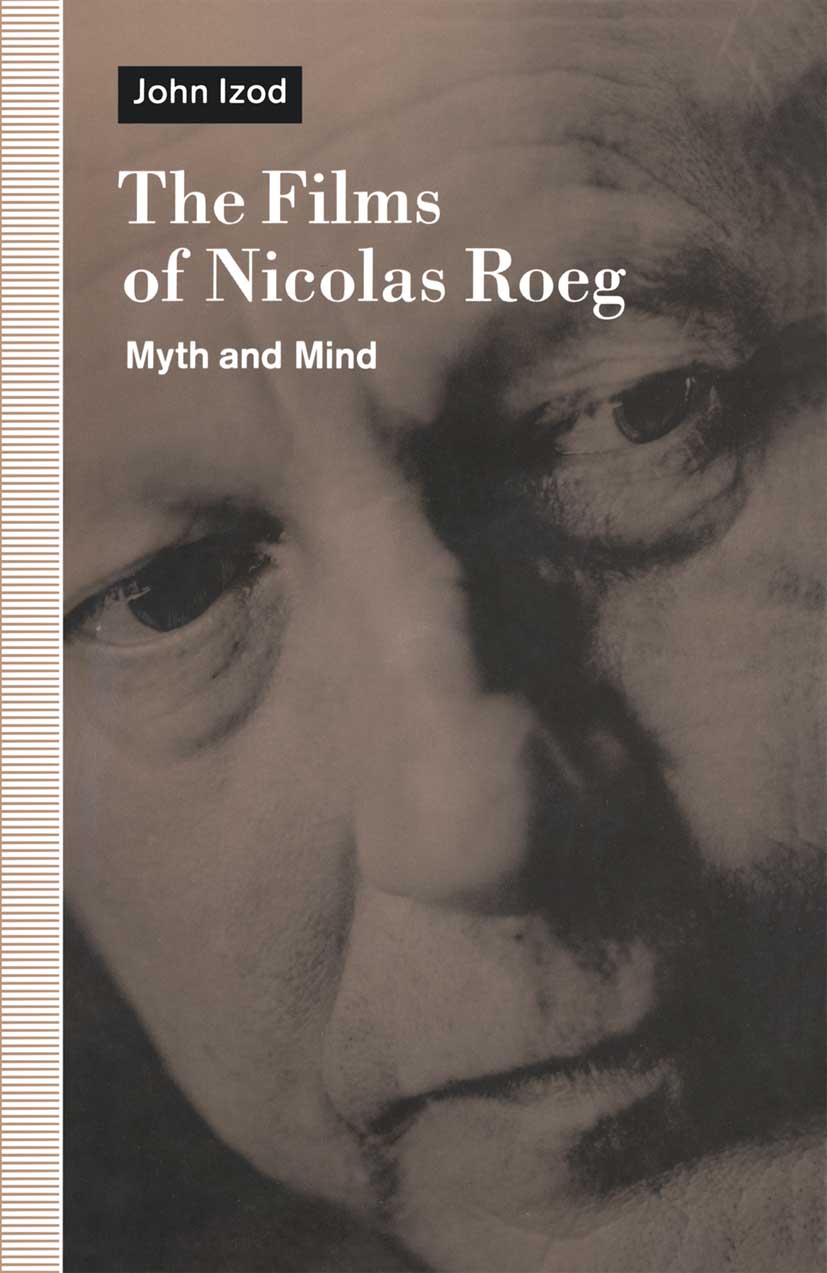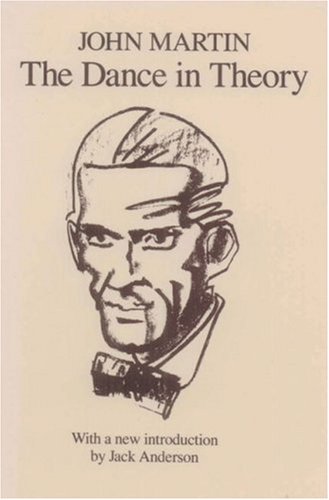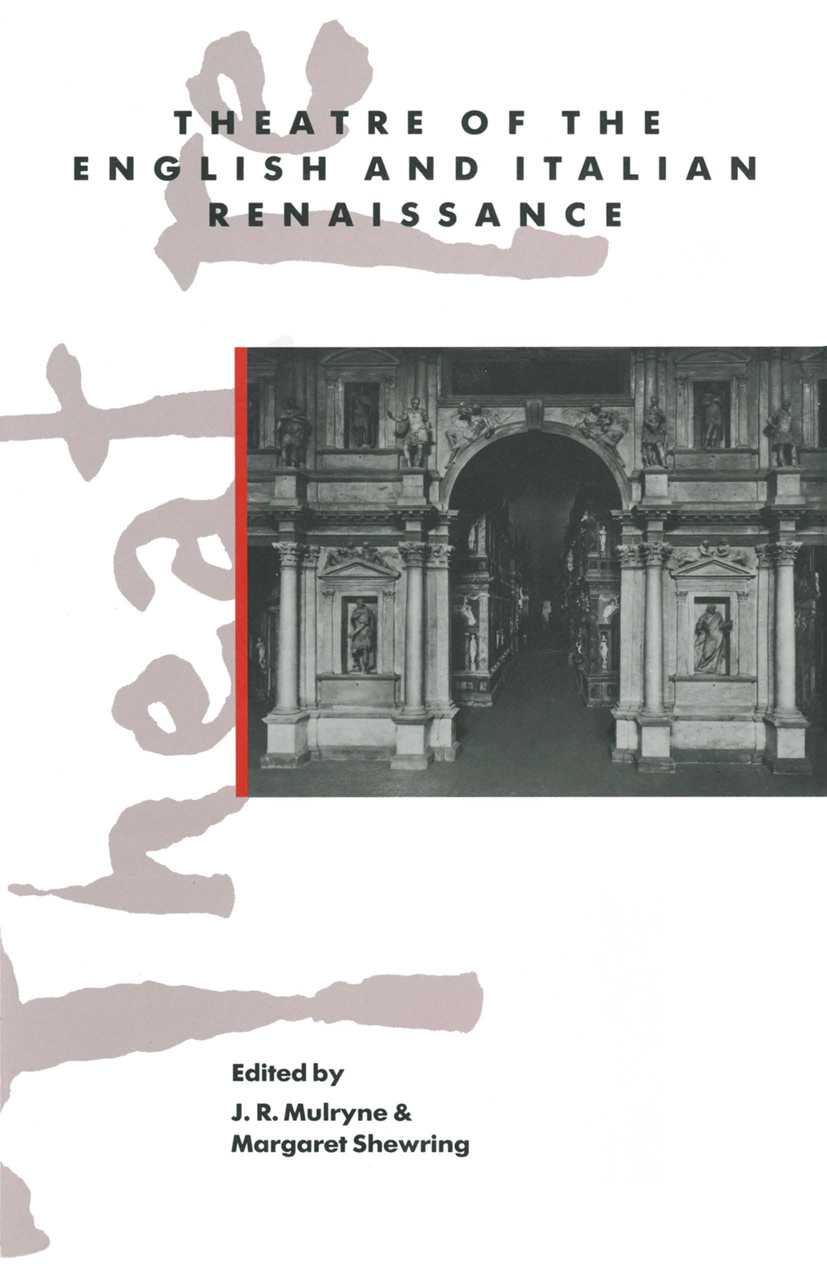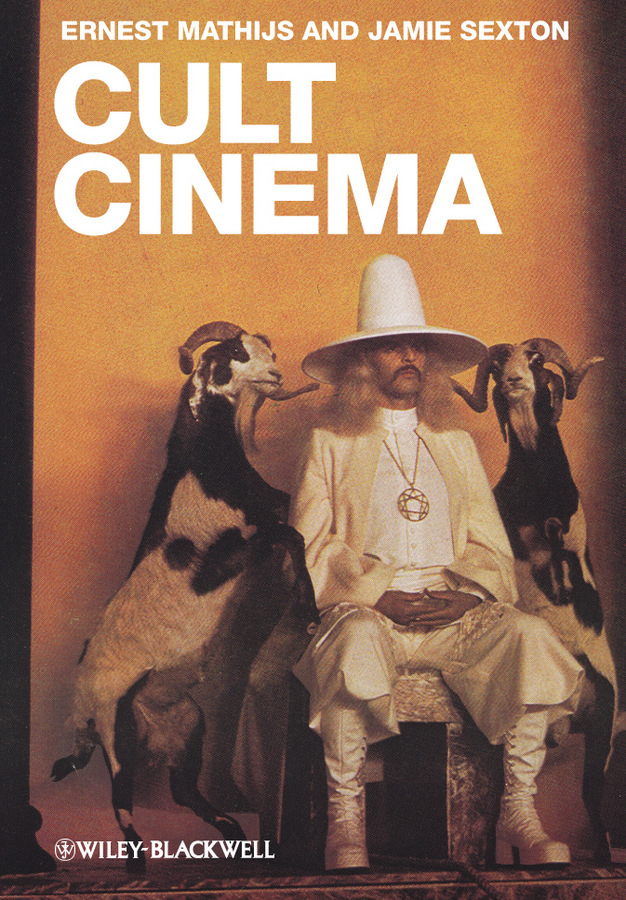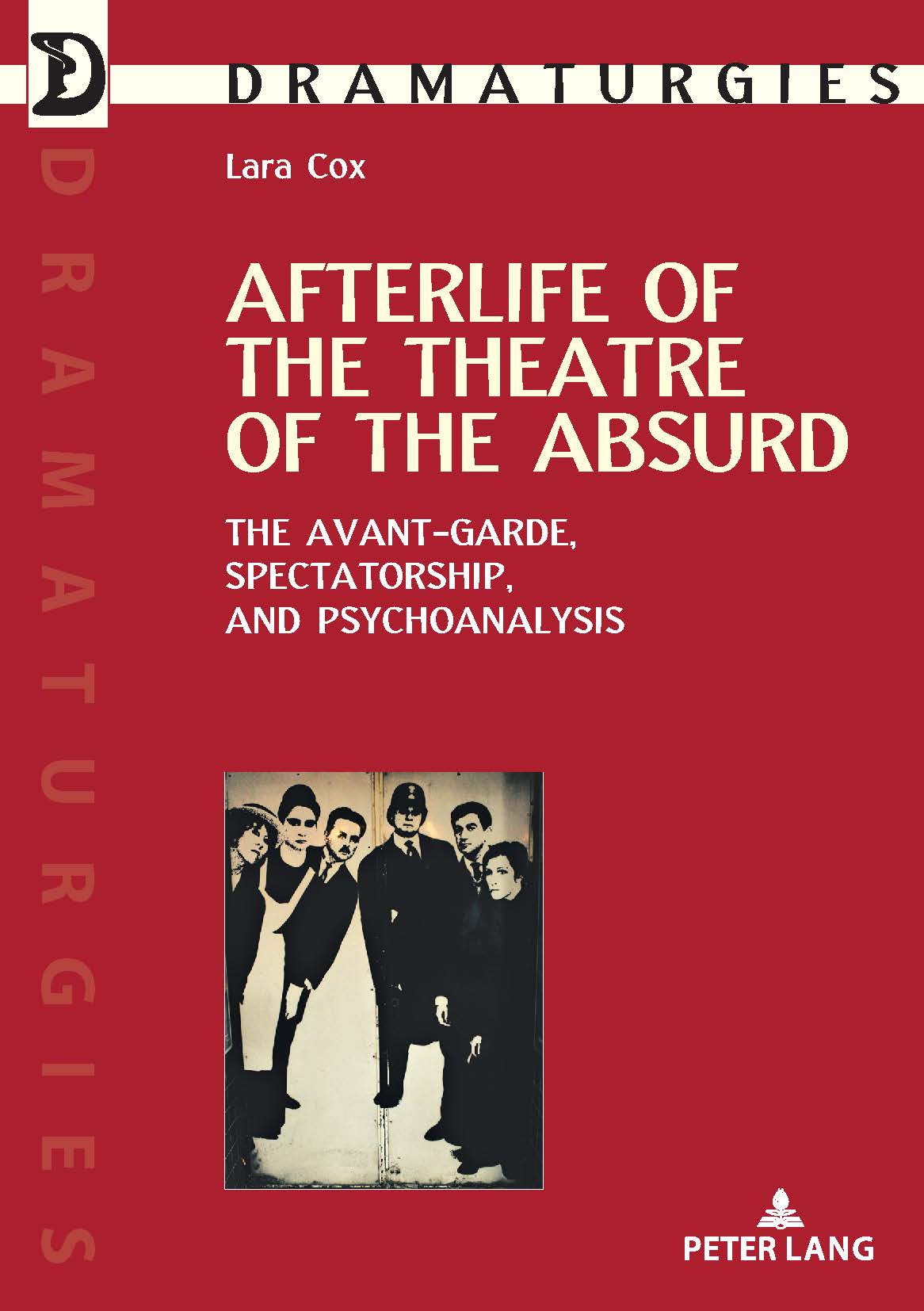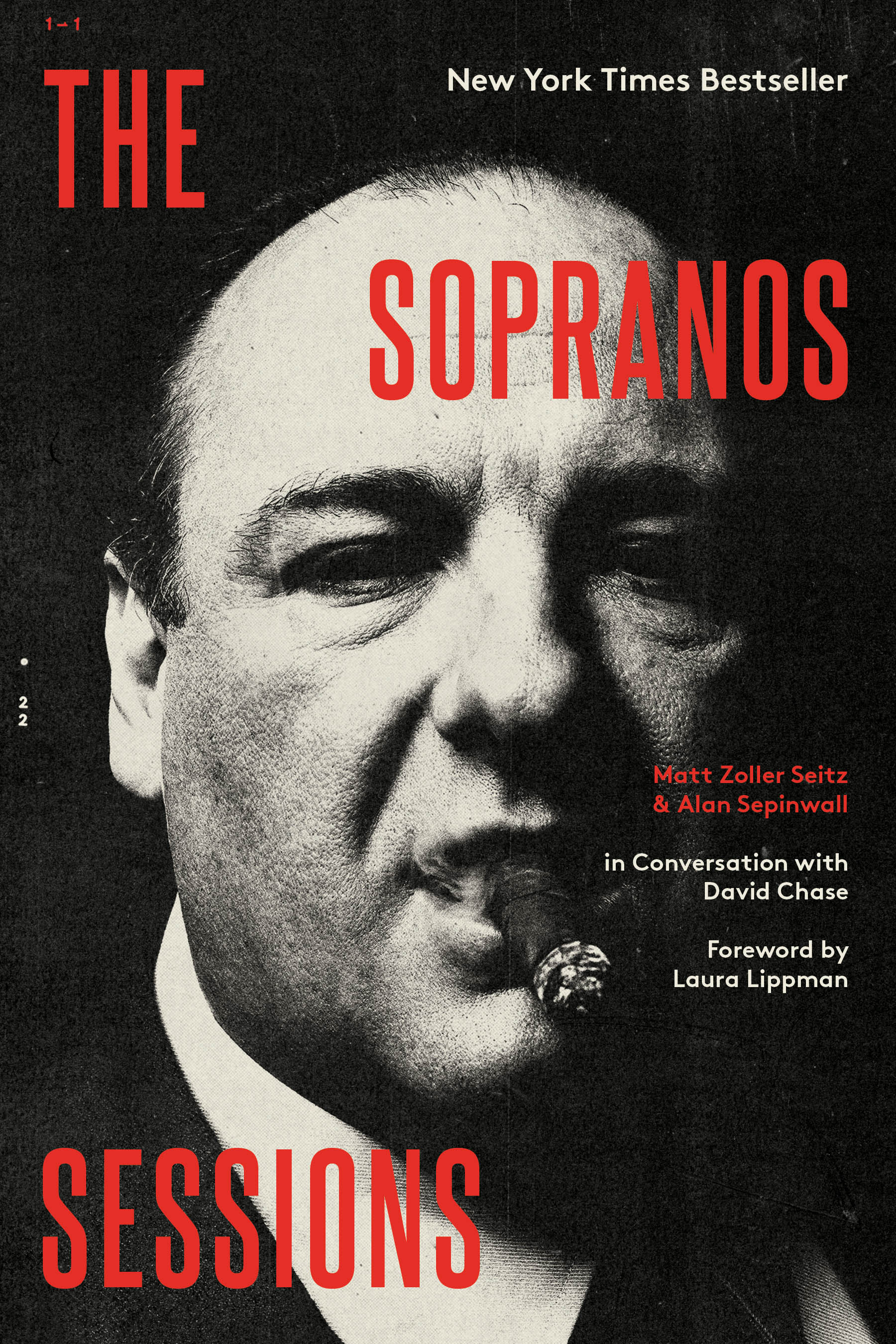Encyclopaedia Of Indian Theatre
Encyclopaedia Of Indian Theatre
lndia has the richest and longest tradition in theatre. The origin of lndian theatre is intimately associated with the ancient rituals and the seasonal festivals. The Natya Shastra of Bharat Muni is the earliest surviving text on theatre and drama. T...
Read more
lndia has the richest and longest tradition in theatre. The origin of lndian theatre is intimately associated with the ancient rituals and the seasonal festivals. The Natya Shastra of Bharat Muni is the earliest surviving text on theatre and drama. The lndian theatre encompasses all the different forms of fine arts and literature like dance, music, mime, movement, sculpture, painting and architecture. The lndian theatre can be classified into 3 distinct types: the Sanskrit theatre or the classical theatre, the folk theatre. or the traditional theatre and the modern theatre. Folk theatre and dramatics can betrayed to the religious ritualism of the Vedic peoples in the 2nd millennium BC. Kalidasa in the 1st century BC, is arguably considered to be ancient lndia's greatest Sanskrit dramatist. Three famous romantic plays written by Kalidasa are the Malavikagnimitram(Malavika and Agnimitra), Vikramuurvashiiya (Pertaining to Vikrama and Urvashi), and Abhijnanasakuntala (The Recognition of Shakuntala). The last was inspired by a story in the Mahabharata and is the most famous. it was the first to be translated into English and German. The aim of the book is to put researchers engaged in different areas of research on a common platform so as to be benefited by the current state of knowledge in the field of this subject. content: introduction; The Classical Tradition and its Predecessors; Contemporary lndian Theatre; Jatra Theatre; Influence of English Theatre; Nautanki, Tamasha, Kutiyattam and Teyyam; The Devotional Traditions; Dance-Dramas and Dramatic Dances; Modern Theatre.
Less


